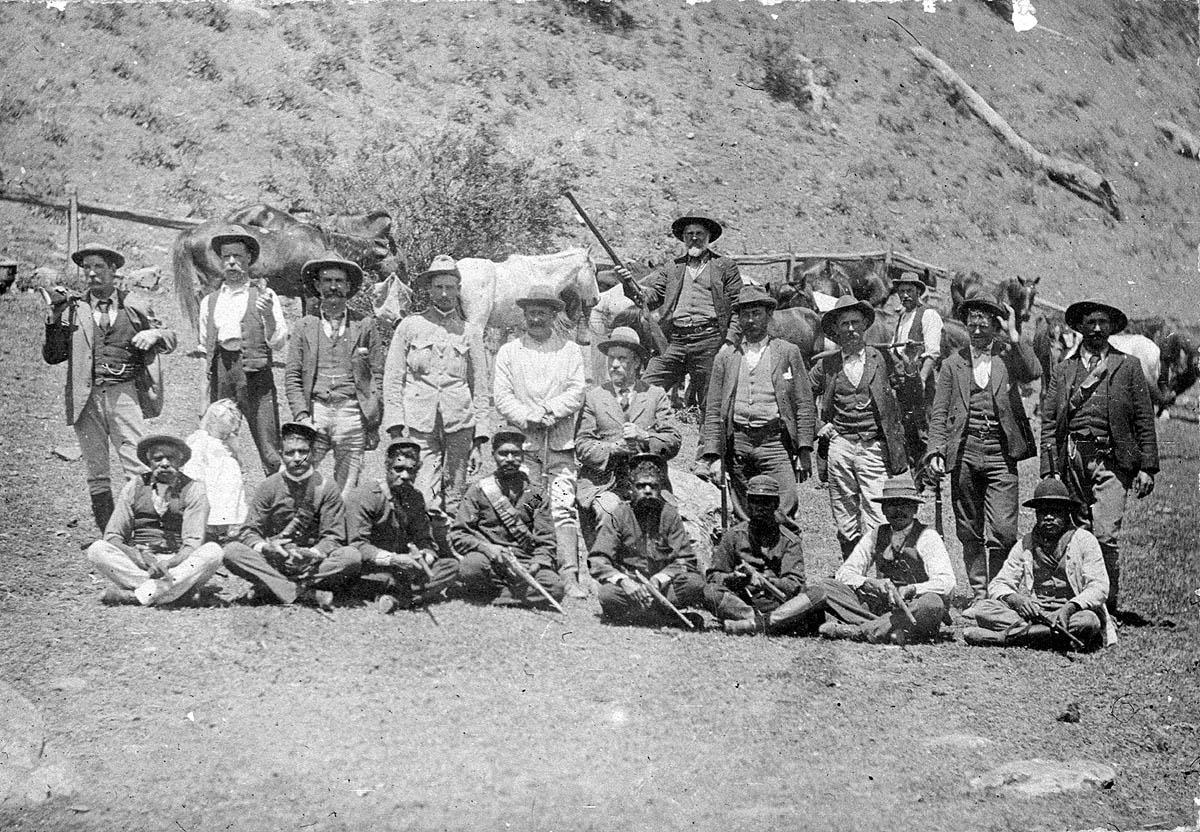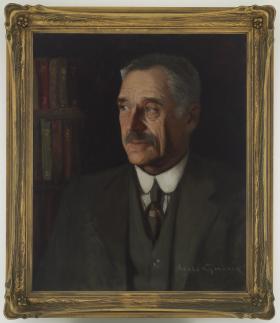For more than a century the exploits of these bushrangers captivated – and in the most notorious cases – horrified the Australian public. The newspapers of the time fed an eager readership stories of their bushranger crimes and the violent, deadly manhunts as justice caught up with them.
The most famous bushrangers have entered into folklore as the romantic subjects of campfire stories and bush songs, but the reality was often less of a fairy tale. It was a risky, sometimes wretched life of poverty, scavenge, evasion and pursuit. Once a bushranger was declared an outlaw, it was legal for anyone to shoot them on sight. Facing the prospect of hanging when captured, most cornered bushrangers preferred to fight to the death rather than surrender. This was the fate that met most of the infamous Kelly Gang during the stand-off at Glenrowan, Victoria, in 1880.
"Robbing the coach and the escort, stealing our horses at night, Calling sometimes at the homesteads and giving the women a fright"
- Banjo Paterson, In the Stable
New South Wales had more than its fair share of notorious bushrangers. In fact, it was not long after the First Fleet arrived that convict bolters, such as John 'Black' Caesar, fled into the bush around Sydney. Later during the gold rushes, bushranging hit its height as robbers fell on those carrying back the bounty of the goldfields along wilderness trails.
Today the stories and songs of the bushrangers shine a light on Australia’s early attitude to crime, family, race and justice.


